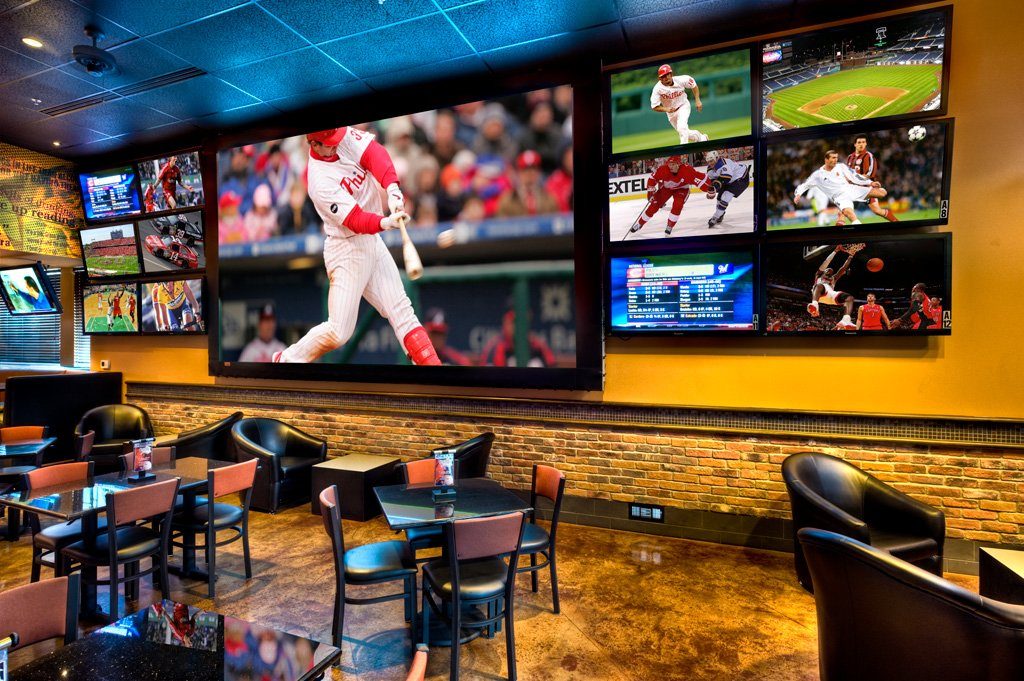The first action in successful camera installation is to identify vulnerable zones within the store. These locations often consist of entrances and exits, cash counters, and sections where high-value items are displayed. By installing surveillance devices in these locations, store owners can monitor customer behavior and detect questionable activities. Additionally, cameras at entry points can record footage of people coming into and exiting the store, which is essential for recognizing possible shoplifters. This proactive strategy helps in reducing loss and guaranteeing a safe environment.
Another important consideration is the kind of surveillance device used in the store environment. Different types of cameras fulfill different functions. For instance, dome-shaped cameras are often used for internal monitoring because they are more noticeable and can cover a wide area. Conversely, bullet cameras are best for external use, as they are much conspicuous and can deter criminal behavior. Retailers news should evaluate their specific requirements and choose the suitable camera types to ensure complete coverage of the store.

Along with surveillance camera models, the position and height at which surveillance devices are installed play a significant part in their efficacy. Surveillance devices should be positioned at a height that allows for unobstructed viewing of individuals and activities without being easily manipulated with. A typical suggestion is to install cameras at least eight to ten ft off the floor. Additionally, surveillance devices should be tilted to monitor as much area as feasible while preventing blind spots. This strategic placement ensures that all zones of the retail space are observed, providing a complete perspective of shopper interactions and potential safety risks.
Ultimately, it is essential for retailers to consistently assess and maintain their monitoring systems. This includes inspecting surveillance device functionality, ensuring that footage are high-quality, and updating software as needed. Routine upkeep aids to prevent technical problems that could jeopardize security. Additionally, store owners should review footage periodically to spot patterns in customer actions and possible security threats. By remaining proactive and mindful to their monitoring systems, retailers can establish a more secure shopping atmosphere and safeguard their assets efficiently.